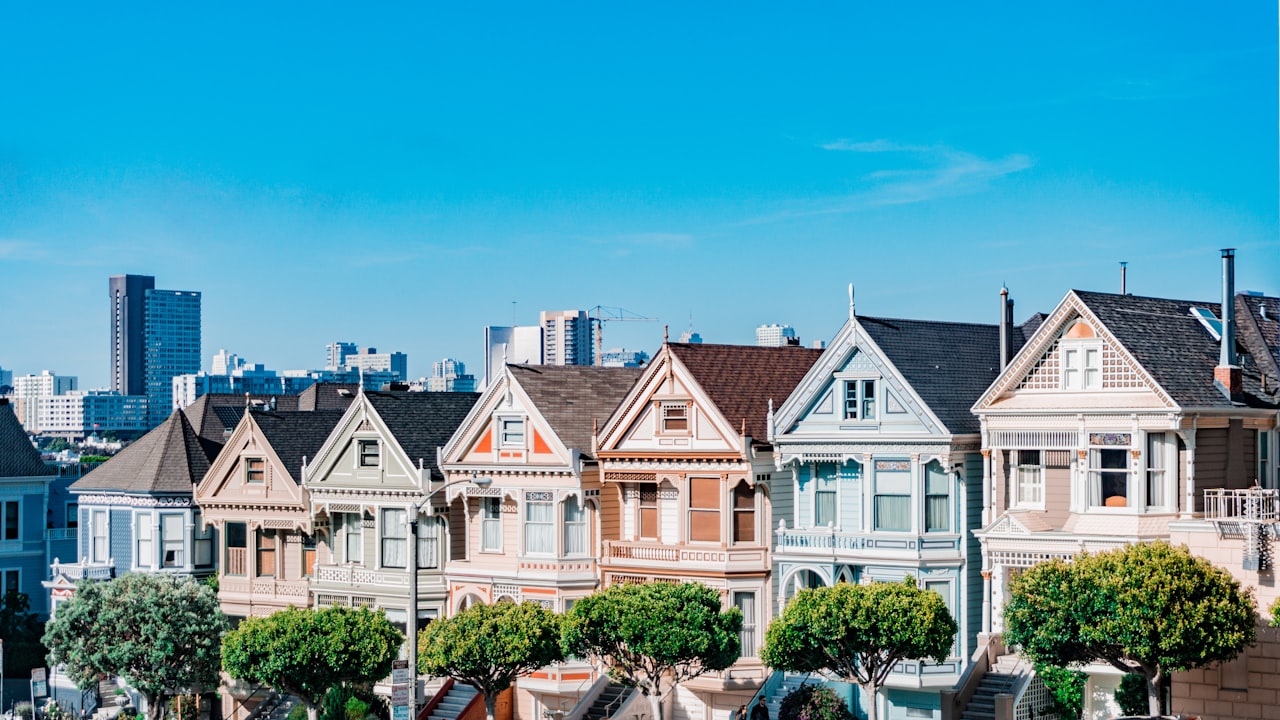Fall is here and it looks like we have finally hit our stride with 2020’s ‘busy season’. It’s hard to predict anything this year, especially with the election and holidays just weeks away, but we expect these numbers to continue through the rest of 2020. September saw 608 contracts signed, up from August, but still down significantly (35%) from September 2019. There is hope for sellers and buyers as we close in on a realistic vaccine timeline and will soon have the election in our rear view. While Q3 on paper was certainly sluggish, we have to look at the market on a week by week basis. Pending sales have increased almost every week since late July and for the first time since May of this year Manhattan has over 2,000 pending sales, another sign of life in the real estate market.
Pied-à-terre (PAT) tax To make up for tax revenue shortfalls that New York is facing, due to the pandemic, the PAT tax is now back on the table. According to the proposal, the fee would range from .5% to 4% of the excess market value above $5 million for one- to three-family non-primary residences and 10% to 13.5% of the assessed value above $300,000 for condos and co-ops. This tax will devastate New York's real estate market. It would trickle down from the top to the bottom and hurt coop and condo owners even if they don’t own a PAT. It will take jobs away from construction and building service workers alike. It will result in less money being spent at coffee shops, restaurants, museums and other retailers. It's forecasted to trigger an additional 21% to 30% drop in NYC apartment values. It will flood the market with new rental listings as residents try to rent out their apartments to avoid the tax, which will bring rents down even further. It would also give the wealthy another reason to flee New York and losing PAT buyers means losing thousands of jobs that support them, plus critical investment in the City, which will hurt working-class New Yorkers the most.
New York’s Tax Dollars New York City’s tax revenue from March through August fell by $1.2 billion, or 3.5%, from a year earlier, a smaller decline than expected, as property tax growth helped offset a sharp decline in sales-tax receipts because of the coronavirus pandemic. Property taxes, the city’s largest single revenue source, rose 3.9% to $16.3 billion, according to a weekly economic and fiscal outlook from city Comptroller Scott Stringer. Sales taxes plummeted 23.2% or $918 million after the coronavirus shuttered thousands of shops, restaurants and dimmed the lights on Broadway. Personal income tax, the city’s second-biggest revenue generator, fell by almost $500 million, or 7.2%. That means Federal income taxes in NYC will drop too. While bad for NY, it also implies challenges for other states who are beneficiaries of billions of re-distributed federal tax dollars from NY.
Rental Market The number of empty rental apartments in Manhattan nearly tripled compared with last year, according to a report from Miller Samuel. The inventory of empty units, which rose to 15,000 in August, is the largest ever recorded since data started being collected 14 years ago, the report said. On average, landlords were offering 1.9 months of free rent to new renters in August. The weakest segment of the rental market is the lower end, for one bedrooms and studios, partly a result of the pandemic’s greater impact on lower earners.
Q3 Sales Market Listing inventory soared in the third quarter as the number of sales in the borough dropped by nearly half compared to the same period last year. It marked the second consecutive quarter that inventory rose. Closed sales in Manhattan fell 46% year-over-year to 1,375, compared to 2,562 a year earlier. That’s the sharpest drop in deals since the second quarter of 2009.























































































